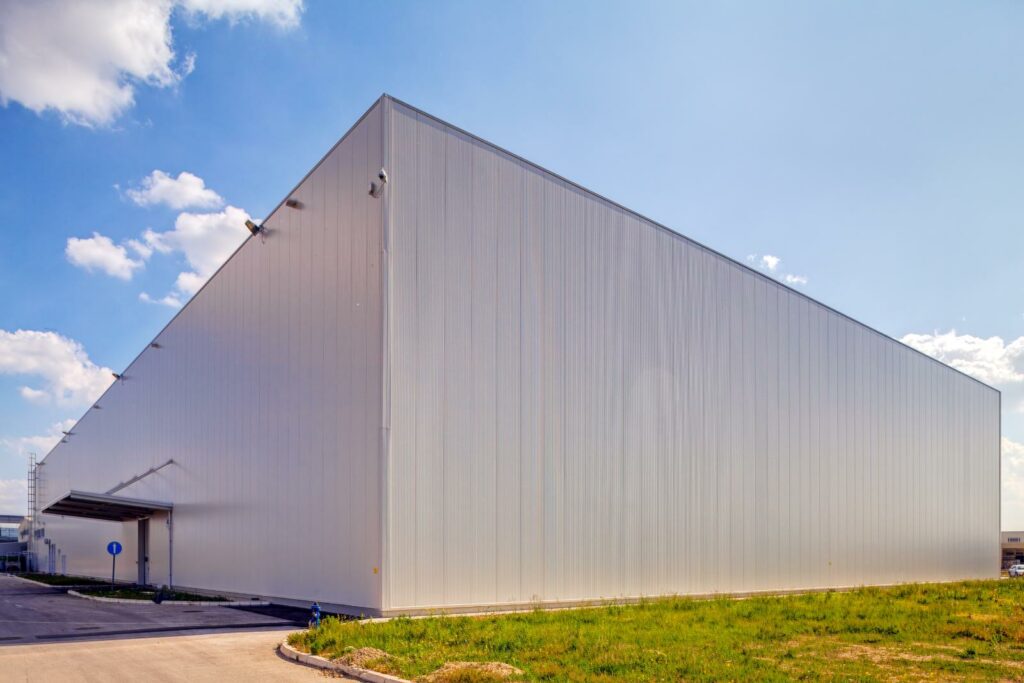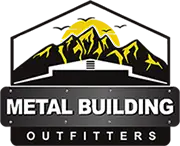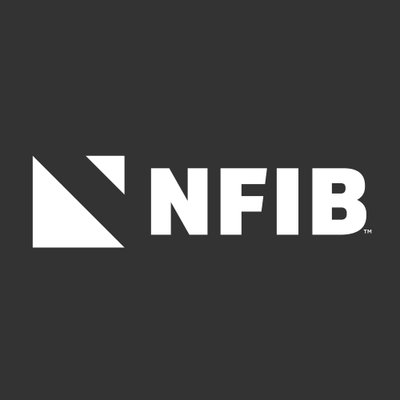
Contents
When considering construction options, have you pondered the long-term benefits of opting for enduring metal structures? The initial investment in metal may seem higher, but the durability and low maintenance requirements can lead to substantial cost savings over the years. Imagine the peace of mind that comes with a structure that withstands the test of time, all while being a financially savvy choice. Keep exploring to uncover the hidden advantages that make long-lasting metal structures a top contender for cost-effectiveness.
Key Takeaways
- Unparalleled durability and strength ensure long-term cost savings.
- Minimal maintenance requirements for extended lifespan and reduced expenses.
- Energy efficiency features lead to lower utility bills.
- Superior weather resistance for maintenance-free longevity.
- High return on investment due to durable, cost-effective construction.
Benefits of Metal Structures
Metal structures offer unparalleled durability and strength, making them a preferred choice for long-lasting construction projects. When considering the benefits of metal structures, two key factors stand out: rust resistance and weather durability.
Essential is a vital aspect of metal structures, ensuring their longevity and structural integrity. Unlike other building materials that are susceptible to corrosion, metals like steel and aluminum are naturally rust-resistant. This quality is imperative for structures exposed to moisture or harsh environmental conditions, as it prevents the formation of rust that can weaken the metal over time. By choosing metal for your construction projects, you’re investing in a material that will stand the test of time, maintaining its strength and appearance for years to come.
Weather durability is another significant advantage of metal structures. Whether facing extreme heat, heavy rain, or snow, metal buildings can withstand a wide range of weather conditions without deteriorating. This resilience is particularly beneficial for outdoor structures like warehouses, agricultural buildings, and industrial facilities that are constantly exposed to the elements. With metal, you can have peace of mind knowing that your building will remain structurally sound and visually appealing regardless of the weather challenges it faces.
Longevity of Metal Buildings
When considering the longevity of metal buildings, it is essential to assess their resistance to environmental factors and structural integrity over time. Metal structures have proven to excel in both aspects, offering exceptional durability against corrosion and various weather conditions while maintaining their structural integrity for decades. The combination of corrosion resistance and weather resistance guarantees that metal buildings remain robust and aesthetically pleasing throughout their lifespan.
| Factors | Description |
|---|---|
| Corrosion Resistance | Metal buildings are often coated with protective layers to prevent corrosion. These coatings act as a barrier, ensuring the metal remains intact and free from rust over time. |
| Weather Resistance | Metal structures are designed to withstand harsh weather conditions such as heavy rain, snow, and strong winds. Their ability to resist weather-induced damage contributes significantly to their longevity. |
| Structural Integrity | The inherent strength of metal, along with precise engineering, provides excellent structural integrity. This ensures that metal buildings can support their own weight and resist external forces effectively. |
Cost Savings With Metal Construction
You can reap significant cost savings by opting for metal construction due to its long-lasting benefits and efficiency in the building process.
Metal structures are known for their durability, requiring minimal maintenance over time, which translates to reduced upkeep costs.
Additionally, the speed of construction with metal can lead to lower labor expenses, making it a cost-effective choice for various building projects.
Metal’s Longevity Benefits
With its exceptional durability and resistance to corrosion, metal construction offers significant cost savings over time due to its longevity benefits. The sustainability advantages of metal structures are evident in their ability to withstand harsh environmental conditions, reducing the need for frequent repairs or replacements.
Long-term savings are achieved through the extended lifespan of metal buildings, which require minimal maintenance compared to other construction materials. By opting for metal for your building projects, you guarantee a sound investment that will last for decades, providing a sense of security and belonging knowing that your structure is built to stand the test of time.
Embrace the durability of metal construction for a cost-effective and long-lasting solution.
Efficiency in Construction
Metal construction offers unparalleled efficiency, resulting in significant cost savings for projects through streamlined processes and durable structures. When considering efficiency in construction with metal, key aspects stand out:
- Precision in Construction Techniques: Metal allows for precise fabrication and assembly, ensuring every component fits perfectly, reducing rework, and saving time.
Optimal Material Selection: Choosing the right metal material for the project guarantees durability and longevity, reducing maintenance costs over time.
Enhanced Project Management: Metal construction often leads to shorter construction timelines, allowing for quicker project completion and cost savings on labor and overhead.
Embracing metal in construction not only provides durability but also fosters cost-effectiveness through efficient practices and robust structures.
Durability of Metal Structures
Optimizing the durability of structures made from metal is paramount for ensuring long-term performance and cost-effectiveness in various engineering applications. Metal structures offer numerous advantages, with their inherent structural strength being a key feature. The durability of metal structures is influenced by factors such as material selection, design considerations, and environmental conditions.
Metal structures exhibit exceptional strength, making them suitable for withstanding heavy loads and harsh environmental conditions. The structural integrity of metal components ensures long-lasting performance and reduces the need for frequent repairs or replacements. This strength is essential in applications where safety and reliability are of utmost importance.
To enhance the durability of metal structures, corrosion-resistant coatings and proper maintenance practices are essential. Corrosion can significantly impact the lifespan of metal structures, making preventive measures crucial for long-term performance. By implementing protective coatings and regular inspections, the longevity of metal structures can be greatly extended.
Additionally, proper design and construction techniques play an important role in ensuring the durability of metal structures. Factors such as load distribution, material compatibility, and stress analysis are critical in enhancing the structural integrity of metal components. By adhering to industry standards and best practices, engineers can optimize the durability of metal structures, ensuring cost-effectiveness and long-term performance in various applications.
Low Maintenance Requirements
To minimize upkeep requirements and promote prolonged functionality, attention to low maintenance needs is essential for metal structures. When selecting materials for your metal structure, choosing sustainable materials not only benefits the environment but also reduces maintenance costs in the long run. Sustainable materials, such as galvanized steel or aluminum, are known for their durability and resistance to corrosion, reducing the need for frequent maintenance interventions.
Sustainable materials: Selecting sustainable materials like galvanized steel or aluminum not only ensures the longevity of your metal structure but also minimizes the environmental impact, fostering a sense of belonging to a community focused on eco-conscious decisions.
Maintenance savings: By investing in high-quality materials upfront, you’re investing in the longevity of your metal structure, leading to significant maintenance savings over time. This sense of financial security and stability resonates with individuals seeking cost-effective solutions without compromising on quality.
Professional inspections: Regular inspections by qualified professionals help identify any maintenance needs proactively, ensuring that your metal structure remains in excellent condition. This proactive approach fosters a sense of reassurance and trust in the longevity of your investment, promoting a feeling of belonging to a community that values meticulous care and attention to detail.
Energy Efficiency in Metal Buildings
Considering the significant impact on operational costs, the implementation of energy-efficient practices is essential in maximizing the sustainability of metal buildings. Achieving energy savings through enhanced thermal efficiency not only reduces environmental impact but also results in long-term cost reductions. Metal buildings can be optimized to minimize energy consumption through various strategies, including insulation upgrades, efficient lighting systems, and reflective roofing materials.
| Energy-efficient Practices | Benefits |
|---|---|
| Upgraded Insulation | Enhanced Thermal Efficiency |
| Efficient Lighting Systems | Reduced Energy Consumption |
| Reflective Roofing Materials | Decreased Cooling Costs |
| Renewable Energy Integration | Lower Electricity Bills |
Upgrading insulation in metal buildings helps regulate indoor temperatures, leading to reduced reliance on heating and cooling systems, thereby contributing to energy savings. Implementing efficient lighting systems, such as LED fixtures, helps minimize electricity usage while maintaining adequate illumination levels. Additionally, the use of reflective roofing materials can lower cooling costs by reducing heat absorption.
Customization Options for Metal Structures
When customizing metal structures, you have the opportunity to explore design flexibility and a wide range of color choices. These customization options allow you to tailor the metal structure to meet your specific needs and preferences.
Design Flexibility
Maximizing design flexibility in metal structures allows for unparalleled customization options, meeting specific project requirements with precision and efficiency. When considering customization options for metal structures, the following aspects can evoke a sense of belonging and satisfaction:
Tailored Space Optimization: Designing metal structures to maximize space efficiency guarantees every corner serves a purpose, enhancing functionality and usability.
Diverse Aesthetic Appeal: From sleek modern designs to rustic industrial looks, metal structures offer a wide range of aesthetics to match your style preferences.
Innovative Structural Configurations: The ability to customize metal structures with unique shapes and configurations provides a sense of individuality and exclusivity to your projects.
Color Choices
To enhance the visual impact and durability of metal structures, careful consideration of color choices plays a pivotal role in achieving desired aesthetics and longevity. Color durability is essential for maintaining the appearance of metal structures over time, ensuring they remain visually appealing. Additionally, the design aesthetics of a building can be greatly enhanced by selecting the right color scheme that complements the surroundings. Weather resistance is another important factor to take into account when choosing colors for metal structures, as it can impact both the visual appeal and longevity of the building. By selecting colors that are both durable and weather-resistant, you can guarantee that your metal structure maintains its beauty and structural integrity for years to come.
| Color Durability | Design Aesthetics | Weather Resistance |
|---|---|---|
| Long-lasting | Enhances appeal | Resistant to elements |
| Fade-resistant | Complements design | Withstands weather changes |
| Scratch-resistant | Adds visual interest | Protects against corrosion |
| UV-resistant | Customizable | Maintains color vibrancy |
Eco-Friendly Aspects of Metal Buildings
Incorporating sustainable materials in the construction of metal buildings enhances environmental impact and promotes long-term eco-friendly practices. Metal buildings, when designed with eco-friendly aspects in mind, contribute positively to the environment and offer a range of benefits.
Here are three key points highlighting the eco-friendly aspects of metal buildings:
Energy Efficiency: Metal buildings can be designed to maximize energy efficiency by incorporating features such as cool roofs, insulation systems, and natural lighting solutions. These energy-efficient practices not only reduce environmental impact but also lead to cost savings in the long run.
Recyclability: Metals used in construction are highly recyclable materials. At the end of a metal building’s life cycle, the materials can be recycled and used in new construction projects, reducing the demand for raw materials and minimizing waste sent to landfills.
Reduced Environmental Footprint: Green construction practices in metal building projects help minimize the overall environmental footprint. By using sustainable materials, optimizing energy usage, and focusing on recyclability, metal buildings can significantly lessen their impact on the environment.
Return on Investment for Metal Structures
When considering the financial viability of metal structures, exploring the return on investment becomes a pivotal aspect of the decision-making process. Conducting a thorough ROI analysis can help you understand the long-term financial advantages of investing in metal structures compared to other building materials. Let’s examine how metal structures offer superior returns on investment:
| Aspect | Metal Structures | Other Building Materials |
|---|---|---|
| Initial Cost | Regular maintenance is needed, leading to higher long-term costs. | Higher initial costs due to material expenses and labor requirements. |
| Maintenance | Typically, lower initial costs due to efficient manufacturing processes and ease of construction. | Typically, lower initial costs are due to efficient manufacturing processes and ease of construction. |
| Durability | Minimal maintenance is required, reducing ongoing expenses. | Lower durability, leading to frequent repairs and replacements. |
| Energy Efficiency | Excellent energy efficiency, leading to lower utility bills over time. | Less energy-efficient, resulting in higher energy costs. |
Metal structures offer compelling financial advantages in terms of initial cost, maintenance, durability, and energy efficiency. By investing in metal structures, you can enjoy lower initial costs, reduced maintenance expenses, longer lifespan, and energy savings, ultimately providing a higher return on investment compared to structures made from other building materials. Conducting a detailed ROI analysis specific to your project can further highlight the significant cost-effectiveness of choosing metal structures.
Summary
Opting for long-lasting metal structures is a smart choice for cost-effectiveness. Despite initial higher costs, the durability, minimal maintenance requirements, and energy efficiency of metal buildings result in significant long-term savings.
While some may argue that metal structures lack aesthetic appeal, advancements in customization options have made them a versatile and attractive choice for various architectural designs.
Ultimately, investing in metal structures is a sound financial decision with lasting benefits.
Recent Posts
Building Strong Steel Structures for Heavy Machinery
When constructing steel structures to support heavy machinery, precision is key. Each element, from the
Efficient Construction of Large Metal Warehouses
When it comes to the optimization of building substantial metal storage facilities, one must consider
Why Choose Energy-Efficient Metal Warehouse Construction?
When it comes to selecting the construction method for your warehouse, choosing energy-saving metal construction


